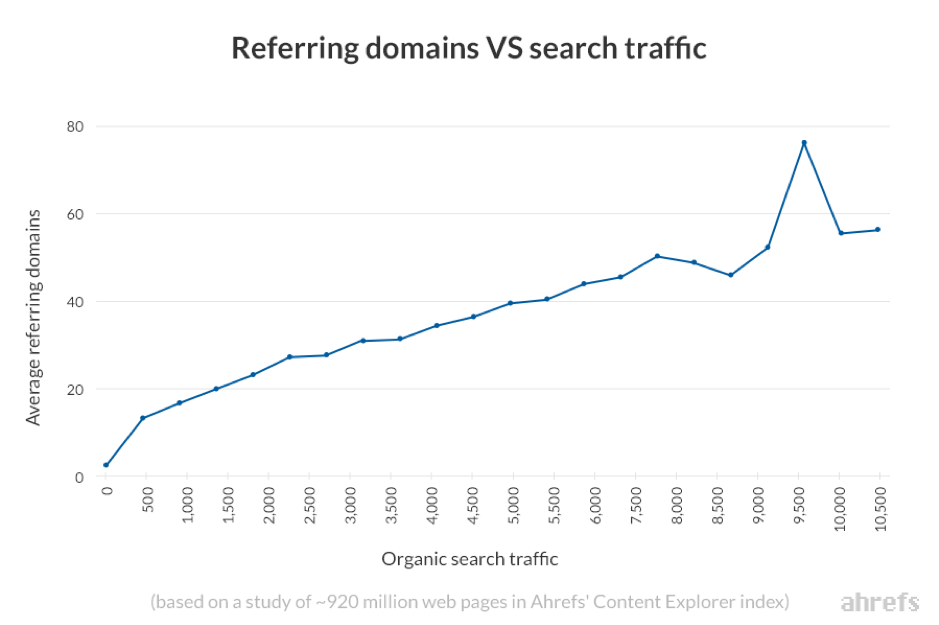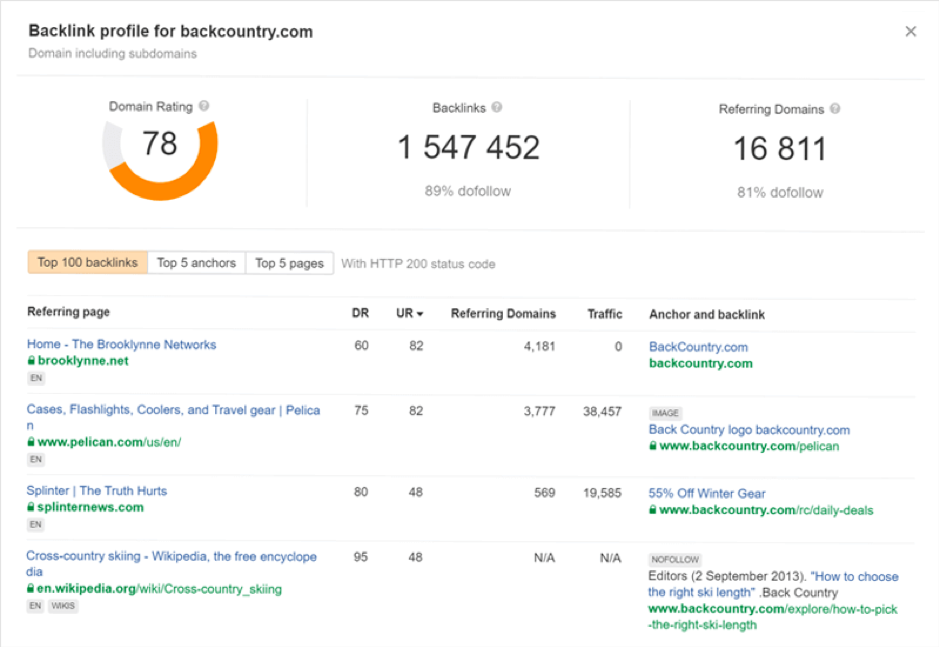When you have limited resources but still want to grow your online business, an ideal option is bootstrapping your SEO strategy.
Instead of outsourcing your SEO work to experts, you are going to plan and implement an effective SEO strategy on your own. And there are no two ways about it that it is not going to be an easy task. But it is going to be incredibly rewarding.
But why should you take SEO seriously? Because your competitors are doing their best to outperform each other.
61% of marketers consider boosting SEO and growing their organic presence as their top inbound marketing priority. You should be doing the same.
This essential guide will help you in your journey of bootstrapping your SEO strategy.
1. Set up your website
To implement your SEO strategy, you need a website. You can either custom design it making use of a PHP, .NET, or Javascript framework, or go for a CMS such as WordPress. It will depend on your project.
If your online business depends solely on the website, it is recommended to custom-build your website. But if you are going to use the site as a marketing platform or as a blog, a standard CMS can do the work.
Apart from being the most popular CMS with a 40% market share, WordPress CMS offers a solid SEO foundation.
For starters, it focuses on user experience, help you build attractive permalinks, and even allows you to manage metadata easily. What’s more, it is mobile optimized and allows you to integrate your campaign with social media.
And if this isn’t enough, you can leverage near-unlimited SEO plugins natively to boost your SEO efforts even further.
If you’re a novice yourself, you can also use a WordPress performance optimization service to speed up your WordPress site.
2. Focus on keyword research
Keyword research will let you craft content around what people are searching for online.
Keyword research will also help you address crucial questions, such as:
- How difficult will it be to rank for a particular keyword?
- Who your direct competitors are?
- How much traffic can you obtain for a particular keyword?
- And how many conversions can you possibly get?
These answers will help you to make a decision about whether it’s worth going after that keyword or not. Since you are probably on a limited budget, you don’t initially have to go for expensive keyword research tools or outsource this task.
You can use the free tools out there. Even Google offers some impressive keyword research tools, including the acclaimed Google Keyword Planner and Ubersuggest.
You can obtain most of the info you require to analyze and select your keywords.
It is also crucial to focus on long-tail keywords. Though they get less traffic overall, as they are more specific, they have higher conversion value. Usually, long-tail keywords also have less competition.
As per a Smart Insight stat, long-tail keyword searches have a 3% to 5% higher click-through rate as compared to generic searches.
3. Replicate and outshine top-ranking competitors
When you don’t have the budget for an agency but want to implement great SEO strategies, you can study what your competitors are doing and outshine them.
Your top competitors are those who have made it to position 1 for your targeted keywords. Do what they’re doing, but do it better than them.
You can study the type of content they are posting, the number of times they post, the branding level in their content, keywords used in the main heading, content style, among others.
That said, it is not ethical to directly copy your competitors, and you will get penalized by Google for that. What you can do is structure page titles and content similarly and learn how to set up your content.
Competition research will also help you identify:
- What is trending in your niche?
- What is working for top players in your industry?
- What strategies are they implementing to draw and keep attention? And so on!
4. Get backlinks
If you look at the statistics, all the top positions on Google’s first Search Engine Results Pages have 3.8 times more backlinks as compared to those below them.
And the more backlinks your pages have, the more traffic they will get.
Besides, in an Ahrefs’ study of 920 million web pages, it was discovered that as traffic increased, the figure of referring domains increased as well.

When your content has backlinks from authoritative sites, it signals Google that others trust your content and that it is worth ranking your content on top. Plus, you can do it for free.
Some great ways to get backlinks include guest posting on blogs, PR campaigns, SEO outreach, links from customers, and forums and comments.
Note that not all backlinks are valuable. See that you are getting backlinks from reliable, authoritative, well-liked, and quality blogs.
Keep away from private blog networks, plagiarized content, low-quality guest posts, and foreign language sites.
Tools such as Ahrefs' Backlink Checker will let you see the backlink profile for any site.

You can view all the pages linking to your target in their report. Also, you can gain insights into the popularity of the linking web page and site with organic traffic estimates. There is a free version of Ahrefs' Backlink Checker.
5. Create high-quality content
Just like regular readers, Google robots also heavily skew towards high-quality content.
Naturally, posting high-quality, unique, and engaging content on your site will fetch you Google traffic. In fact, high-quality content and link building are the most crucial signs for Google to rank your site for search.
If you are experiencing a high bounce rate and low average session time, viewers are not impressed by your content. It will signal Google that the content quality is low and hence place this page lower in search results.
You can’t trick Google by posting plagiarized, spun, or low-quality content. Instead, you can come up with long-form quality content that contains valuable information for the readers.
Google ranks such articles as they offer an ultimate answer to a search query. It creates a good user experience, as well as, users don’t have the need to visit another page to get their queries answered.
Besides, it is easier to build up URL Rank for a single page as compared to many. When you say long-form content, it can be anything in between 2000 to 10000 words. This type of article will rank for many long-tail organic keywords and fetch numerous organic visits per month.
According to the stats, the average content length that gets positioned on top by Google has 2,416 words. Also, high-quality long forms content will fetch a lot of backlinks.
6. Use your social media accounts.
While social media is not an SEO ranking factor, it correlates with the factors that influence SEO rankings. Social media can influence search engine optimization in different directions, including:
- widespread content distribution
- longevity of your posts
- increased online visibility and organic traffic
- improved brand recognition
- and increased local search engine optimization
These signals strengthen the elements Google considers when ranking your site.
Thus, make sure to share helpful content regularly across all your relevant social media channels. It is highly likely that your audience will further share the posts. It will increase the chances of getting links back to the posts.
Wrap-up
Bootstrapping your SEO strategy is not easy. However, if you give time and invest deliberate effort, it can definitely give positive results. Follow the strategies in this guide to bootstrap your SEO strategy.
Set up a website, do your own keyword research using free tools, replicate and outshine your top-ranking competitors, and get backlinks from authoritative blogs. And most importantly, craft high-quality and content that is relevant to your target audience.
